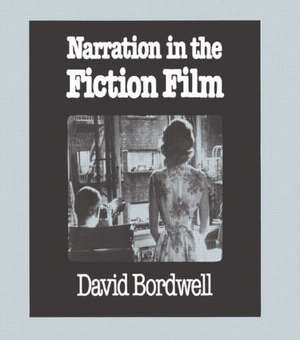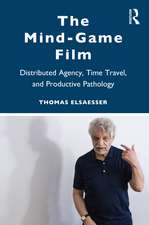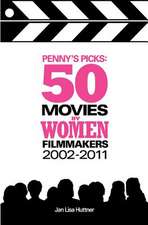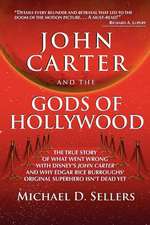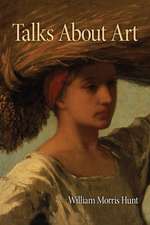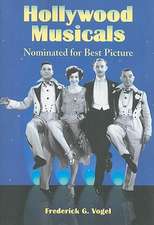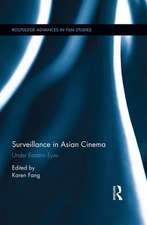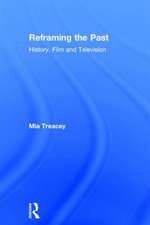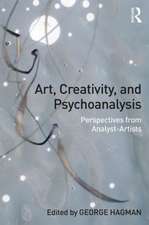Narration in the Fiction Film
Autor David Bordwellen Limba Engleză Paperback – 5 feb 1987
Bordwell begins his study with an overview of general approaches to narration. Drawing on the insights of certain theories- in particular Russian formalist aesthetic theory and cognitive psychology for its notion of how the viewer contributes to the process of narrative comprehension- he formulates a new concept of narration that is uniquely applicable to fictional cinema. Films, Bordwell argues, are patterned systems that prompt spectators versed in narrative conventions to construct a story. Since cinema is a medium involving both time and place, he considers how these factors affect the concrete process of film narration and help shape the spectators’ story comprehension.
If the conventions of story making very from medium to medium, they also vary historically. Dominant modes of film narration, Bordwell suggests have furnished tacit conventions for film makers and audiences at different periods. Characterising four of these modes as classical Hollywood cinema, the European ‘art cinema’, the Soviet historical materialist film and parametric narration, he examines the history and specific strategies of each.
Ultimately, however, Bordwell offers more than abstract theory. Demonstrating how his concept of narration can aid in the critical analysis of particular films and film makers, he provides fresh discussions of such movies as ‘His Girl Friday’, ‘The Big Sleep’, ‘Rear Window’ and ‘La Guerre est Finie’. In director Jean-Luc Goddard, Bordwell finds particularly telling reference point; the Frenchman's films derive their particular difficulty and charm, he argued, by parodying, mixing and subverting those narrative conventions which audiences have learnt to trust.
Preț: 264.95 lei
Nou
Puncte Express: 397
Preț estimativ în valută:
50.70€ • 53.07$ • 42.20£
50.70€ • 53.07$ • 42.20£
Carte disponibilă
Livrare economică 10-24 martie
Livrare express 21-27 februarie pentru 55.33 lei
Preluare comenzi: 021 569.72.76
Specificații
ISBN-13: 9780415018777
ISBN-10: 0415018773
Pagini: 384
Ilustrații: illustrations
Dimensiuni: 240 x 240 x 20 mm
Greutate: 1.04 kg
Ediția:1
Editura: Taylor & Francis
Colecția Routledge
Locul publicării:Oxford, United Kingdom
ISBN-10: 0415018773
Pagini: 384
Ilustrații: illustrations
Dimensiuni: 240 x 240 x 20 mm
Greutate: 1.04 kg
Ediția:1
Editura: Taylor & Francis
Colecția Routledge
Locul publicării:Oxford, United Kingdom
Recenzii
'This book is of crucial importance to film specialists. I cannot think that any film teacher/scholar would miss reading this work.' - Don Fredricksen, Cornell University '
Narration in the Fiction Film is an excellent study of issues in the analysis of narrative and a major contribution to work on analysing film narratives. His studies of particular films in this respect are exemplery and illuminating.' - Elizabeth Cowie, University of Kent
Narration in the Fiction Film is an excellent study of issues in the analysis of narrative and a major contribution to work on analysing film narratives. His studies of particular films in this respect are exemplery and illuminating.' - Elizabeth Cowie, University of Kent
Cuprins
Introduction PART ONE: Some Theories of Narration I. Mimetic Theories of Narration 2. Diegetic Theories of Narration PART TWO: Narration and Film Form 3. The Viewer's Activity 4. Principles of Narration 5. Sin, Murder, and Narration 6. Narration and Time 7. Narration and Space PART THREE: Historical Modes of Narration 8. Modes and Norms 9. Classical Narration: The Hollywood Example 10. Art-Cinema Narration 11. Historical-Materialist Narration: The Soviet Example 12. Parametric Narration 13. Godard and Narration. Conclusion
Notă biografică
David Bordwell is Professor of Communication Arts at the University of Wisconsin-Madison.
Descriere
In this study, David Bordwell offers the first comprehensive account of how movies use fundamental principles of narrative representation, unique features of the film medium, and diverse storytelling patterns to construct their fictional narratives.
